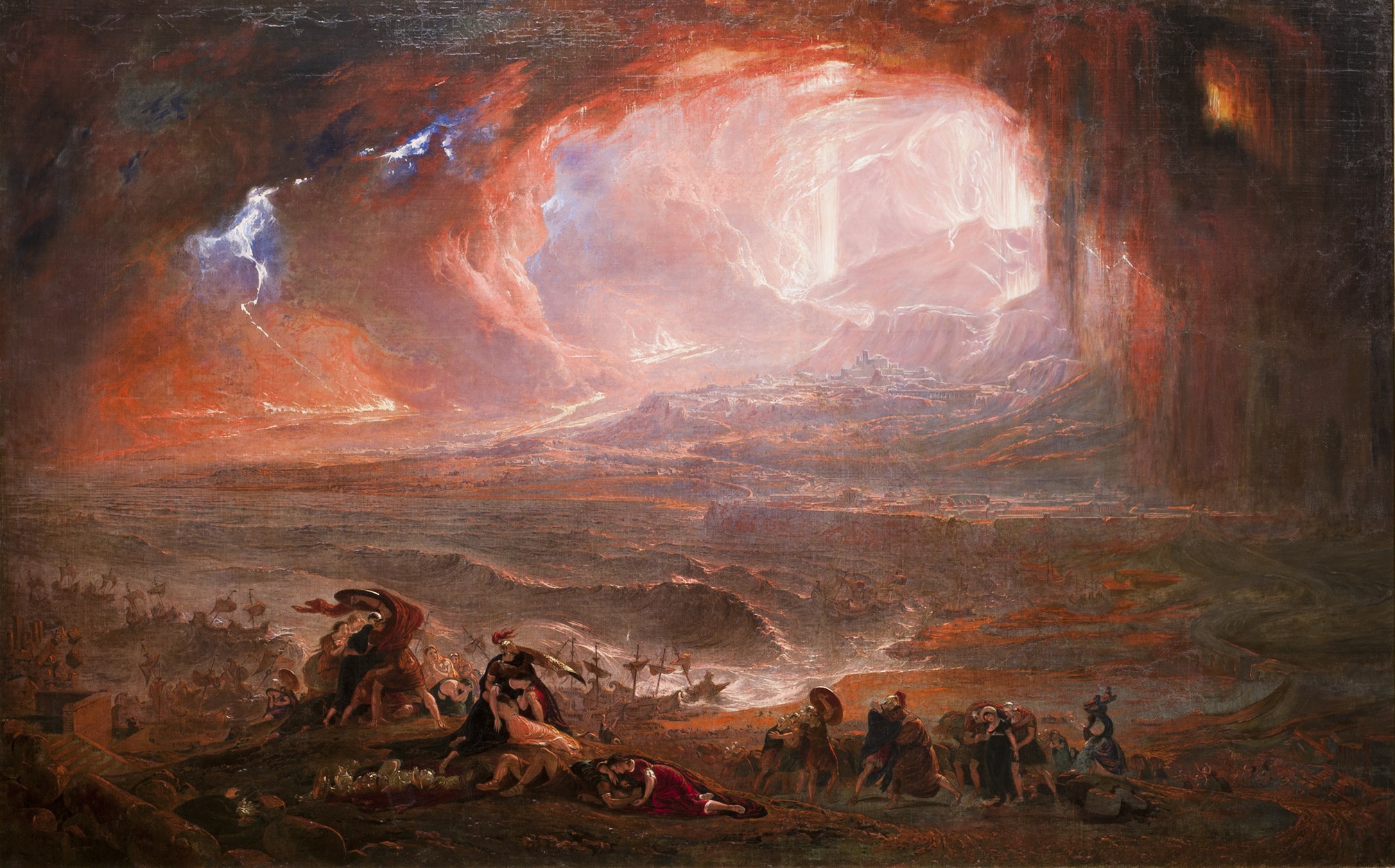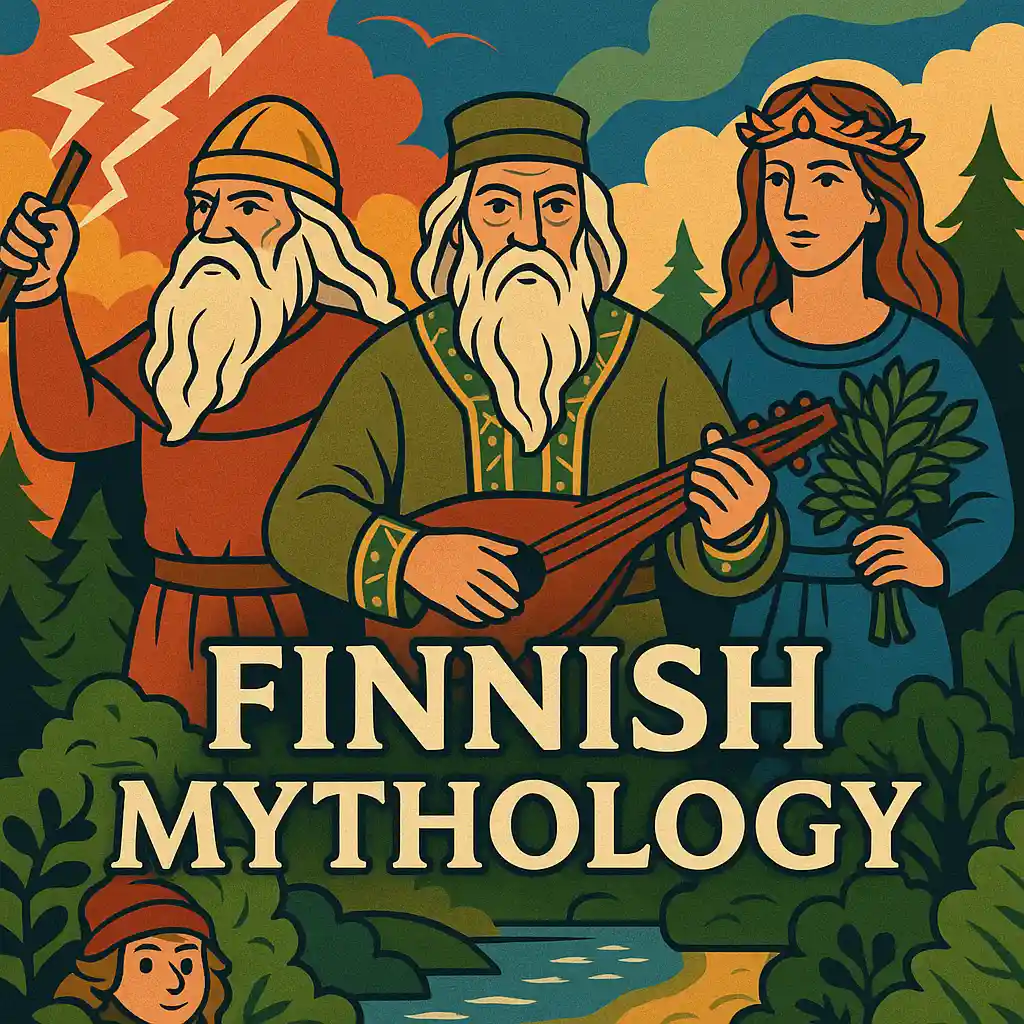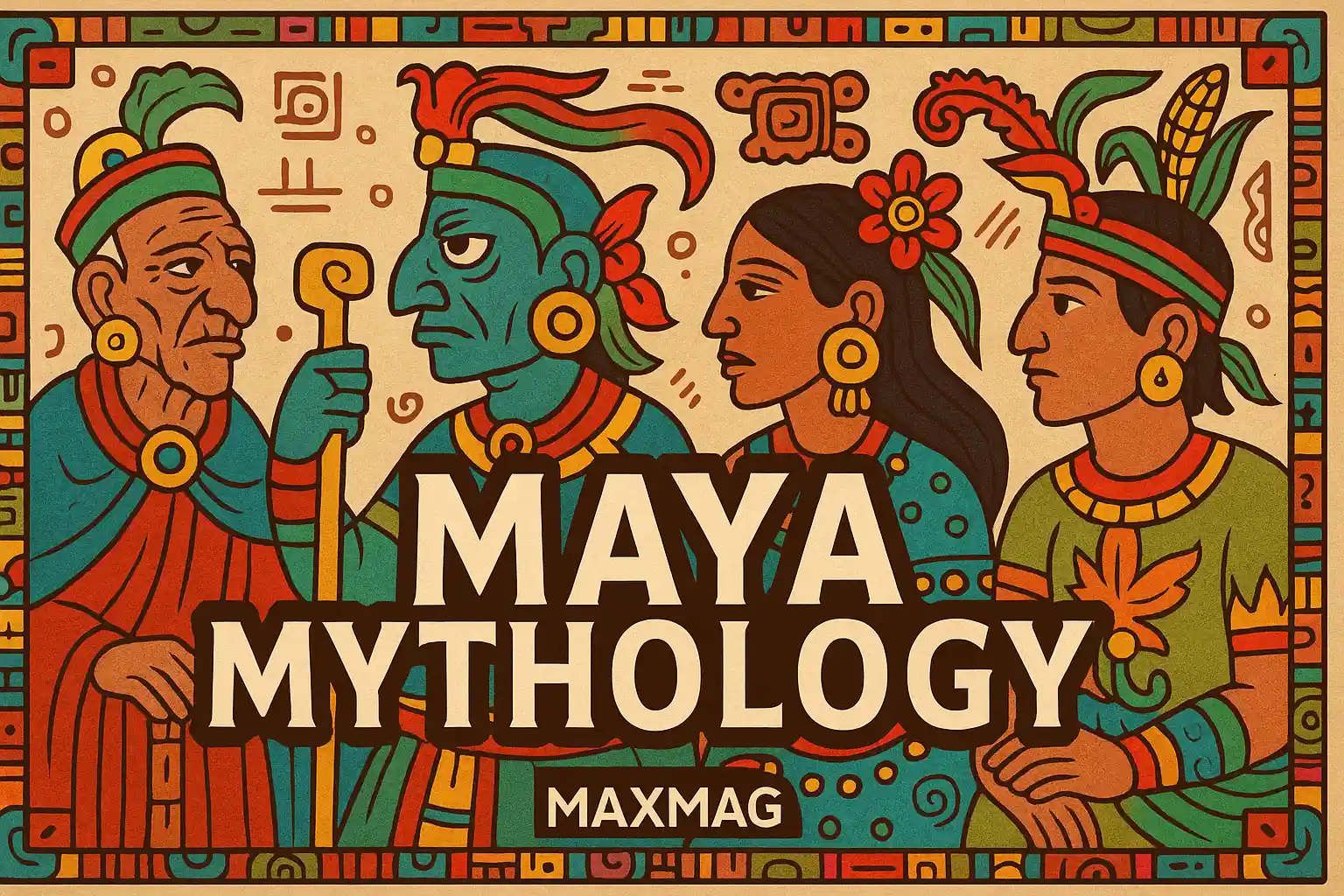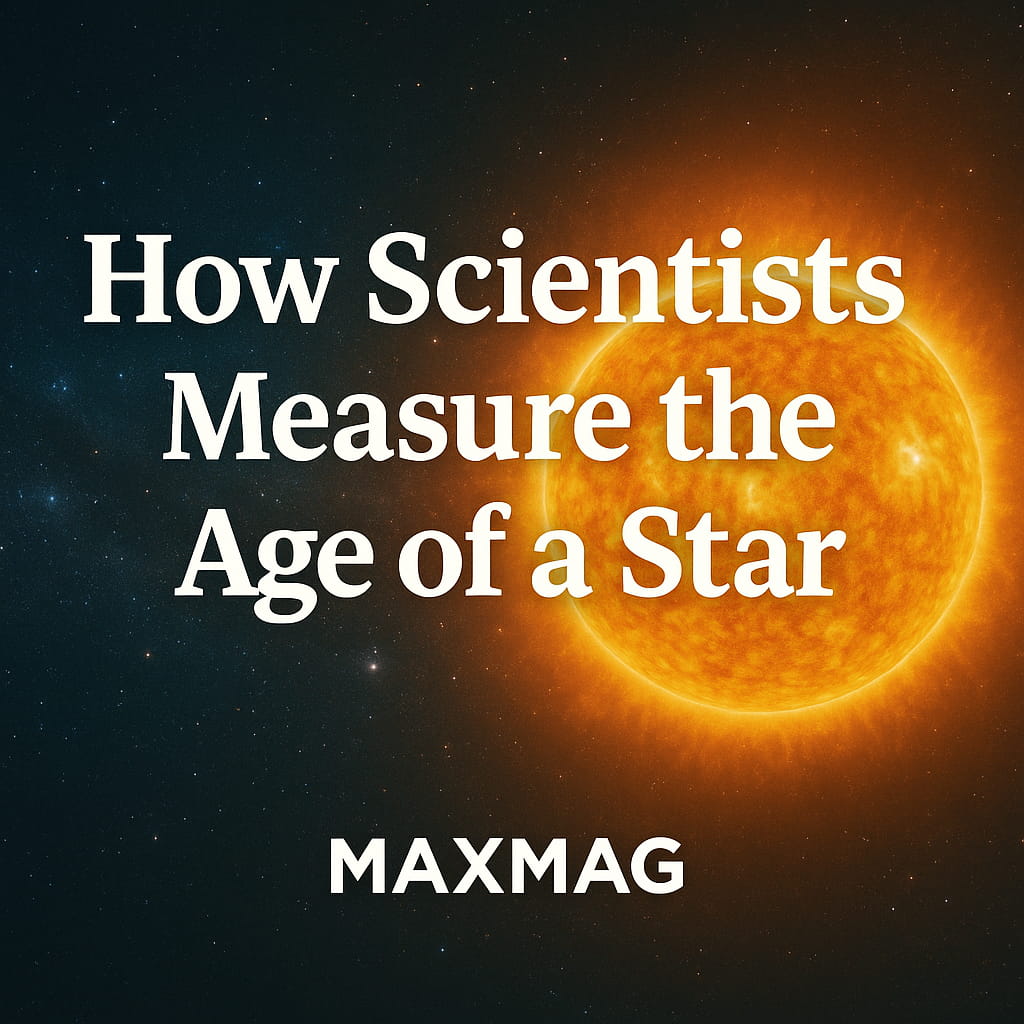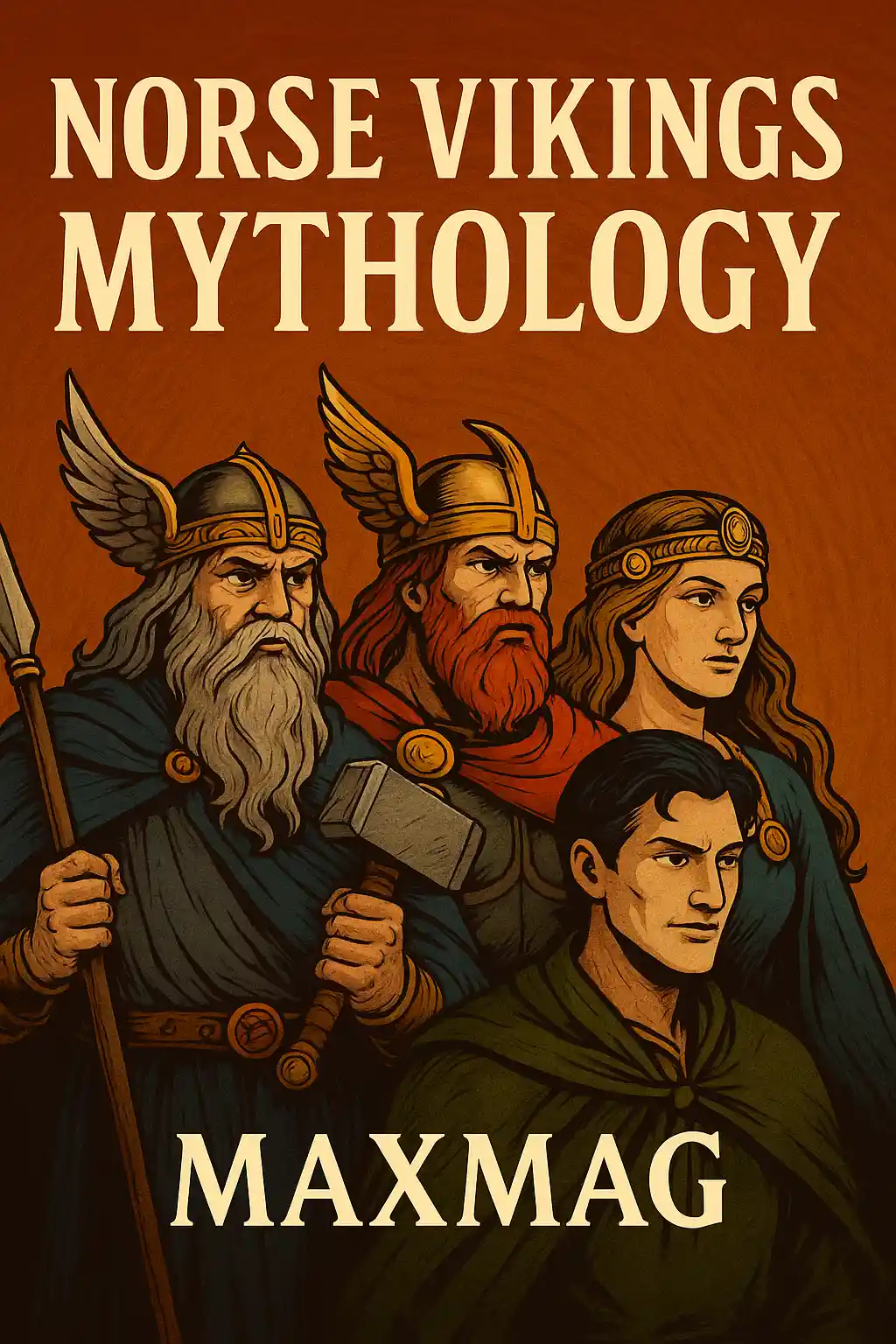
Norse Vikings mythology is a complex and awe-inspiring system of ancient belief that once guided the culture, values, and rituals of the Scandinavian peoples. From powerful gods like Odin and Thor to mystical realms connected by the great tree Yggdrasil, this mythology paints a cosmic landscape filled with battles, wisdom quests, prophecy, and fate. In today’s age, the interest in Norse mythology gods is more prominent than ever, with over 15,000 monthly searches on this low-competition topic. Let’s dive deep into this vast world of divine beings and stories that continue to echo through modern culture.
The Roots of Norse Mythology Gods
The Norse cosmos is structured not as a flat earth or a heaven above and hell below, but as a vibrant tree—the World Tree Yggdrasil—that links nine different realms. These include Asgard (home of the Aesir gods), Midgard (world of humans), Jotunheim (land of giants), Alfheim (realm of the elves), Niflheim (the realm of icy mist and death), Muspelheim (realm of fire), Vanaheim (home of the Vanir), Svartalfheim (dwarf realm), and Helheim (realm of the dead).
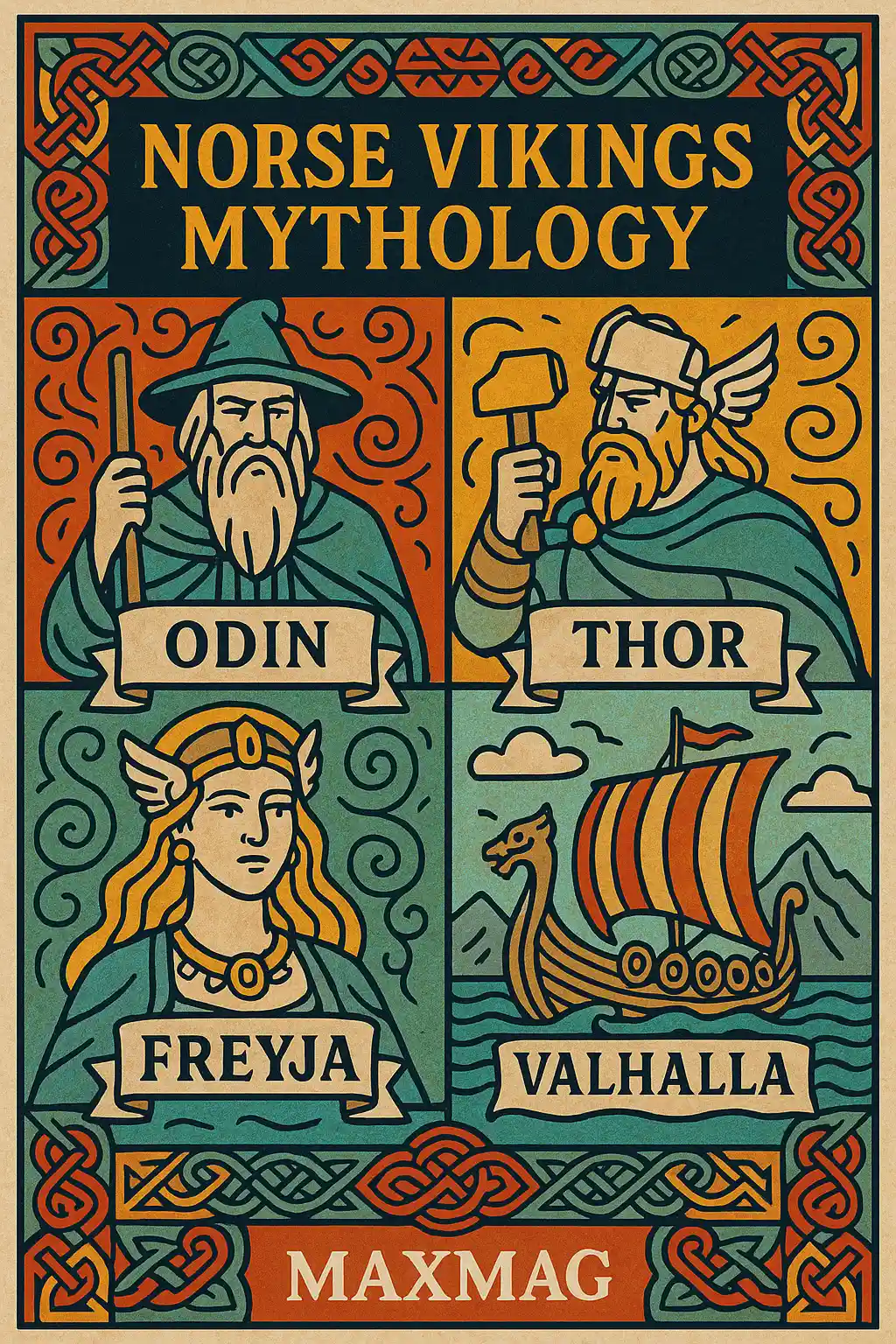
The Creation of the Cosmos
According to Norse creation myths, in the beginning, there was only Ginnungagap—the yawning void between fire (Muspelheim) and ice (Niflheim). From this clash, the primordial giant Ymir emerged. Eventually, Odin and his brothers Vili and Ve slew Ymir and created the cosmos from his body: the earth from his flesh, the seas from his blood, mountains from his bones, and the sky from his skull. The gods then placed four dwarves—Norðri, Suðri, Austri, and Vestri—at the four corners of the sky to hold it up.
This act of creation was not a peaceful beginning, but a cosmic sacrifice—a theme that recurs throughout Norse tales, especially in the fate of the gods themselves.Meet the Norse Mythology Gods
The pantheon of Norse mythology gods is divided into two main tribes: the Aesir, the warrior gods of power and order, and the Vanir, gods associated with fertility, prosperity, and nature. These tribes once warred but eventually made peace, symbolizing balance in the universe. Each deity reflects aspects of Viking life, philosophy, and cosmological structure.
Odin: The Allfather
Odin is the chief of the Aesir and is perhaps the most mysterious of all Norse mythology gods. Known for his quest for wisdom, Odin sacrificed his eye at Mimir’s well to gain universal knowledge. He also hung himself from Yggdrasil for nine days and nights to uncover the secrets of the runes.
Odin’s ravens, Huginn and Muninn (Thought and Memory), fly across the worlds gathering information. He is not just a god of war but also of poetry, prophecy, and sorcery. His hall, Valhalla, welcomes fallen warriors who will fight beside him during Ragnarok. Odin also leads the Wild Hunt, a ghostly procession through the skies, reflecting his liminal role between life and death.
Thor: Thunderer and Defender
Thor, son of Odin, is the most famous warrior among Norse mythology gods. With his hammer Mjölnir, he protects gods and humans alike from giants and chaotic beasts. Thor is revered for his brute strength, straightforward character, and unshakable courage.
He rides a chariot pulled by goats named Tanngrisnir and Tanngnjóstr. Thor’s frequent skirmishes with the giants are legendary, but he also provides protection for the human realm, Midgard. He wears the iron gloves Járngreipr and the belt of strength Megingjörð, which double his already immense power.
Freyja: Love, Fertility, and War
Freyja belongs to the Vanir tribe and is a goddess of beauty, love, fertility, and war. She rides a chariot pulled by cats and possesses the famed necklace Brísingamen, which grants her beauty and power. Freyja practices Seidr, a form of magic dealing with fate and destiny, often associated with femininity and prophecy.
Half of the fallen warriors go to her hall, Fólkvangr, while the other half go to Odin’s Valhalla. Her role underscores the Norse reverence for both sensuality and battle prowess. Freyja also weeps golden tears for her lost husband, Óðr, symbolizing eternal love and longing.
Loki: Trickster of Chaos
Loki is a complex figure in Norse mythology—neither god nor giant, friend nor enemy. A shapeshifter and trickster, Loki causes trouble among gods but also sometimes helps them. He fathered several monstrous beings: Fenrir the wolf, Jörmungandr the serpent, and Hel, ruler of the underworld.
Loki’s betrayal ultimately leads to the events of Ragnarok, where he sides with the giants and breaks free of his chains to destroy the world, only to perish in the end. His ambiguous morality invites discussion about balance, consequences, and duality.
Mythical Creatures and Beings
The Valkyries
Valkyries are Odin’s warrior maidens who choose which fallen warriors get to enter Valhalla. Dressed in armor, riding winged horses, and wielding spears, they symbolize honor and destiny. Their role reflects the Norse belief in glorious death as the path to eternal honor. Valkyries also serve mead to the slain warriors in Valhalla.
Giants (Jötnar)
Giants in Norse mythology are not just enemies of the gods but represent natural forces—chaotic, primal, and unpredictable. Some are wise, others destructive. While often adversaries, giants like Skadi and Gerðr are also linked romantically or diplomatically to the gods, showing a nuanced relationship.
Dwarves and Elves
Dwarves live in Svartalfheim and are master artisans responsible for crafting Mjölnir, Odin’s spear Gungnir, and the golden ring Draupnir. Elves, on the other hand, inhabit Alfheim and are beings of light and magic, often less featured but symbolically important in Norse cosmology.
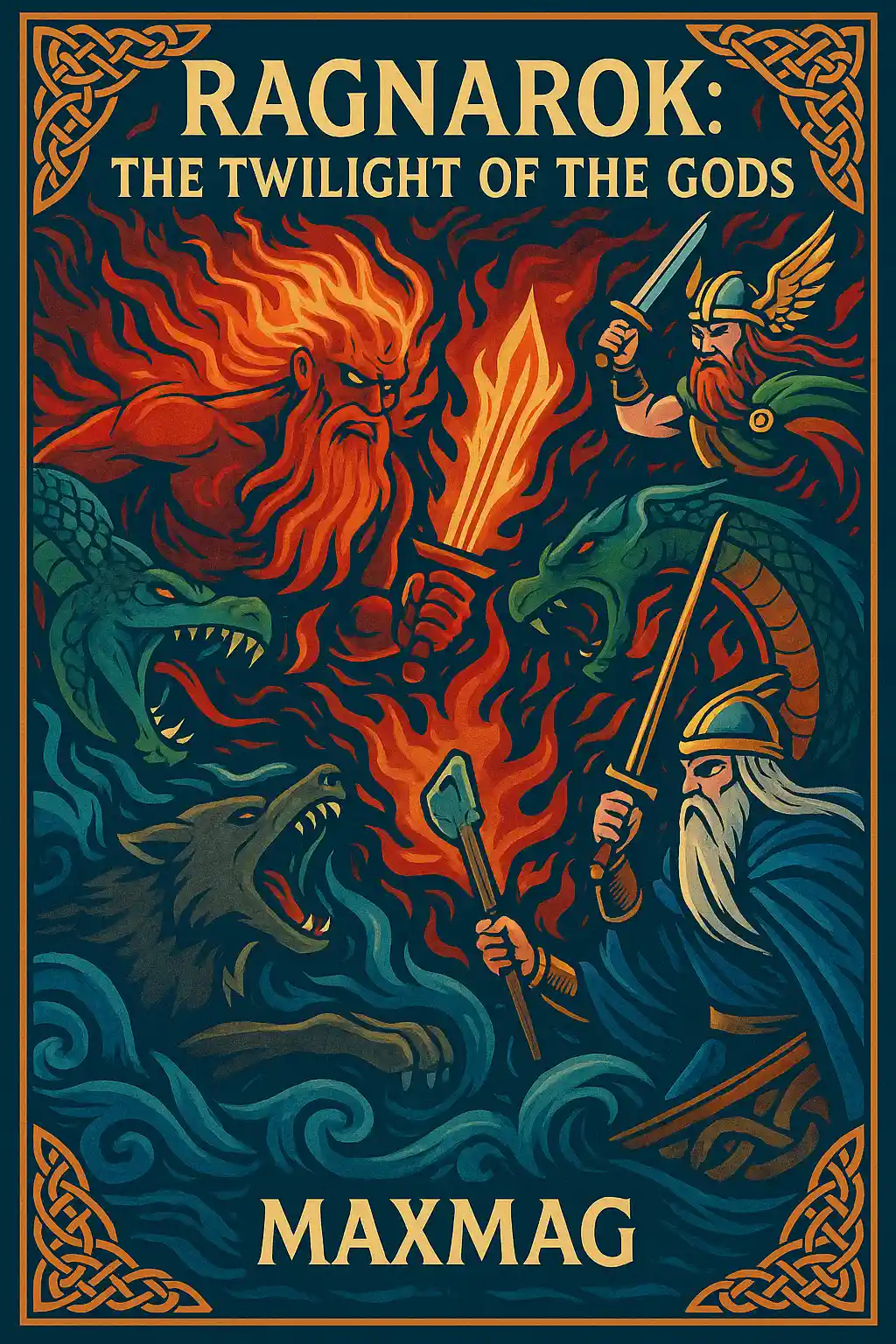
Ragnarok: The Twilight of the Gods
Ragnarok is the Norse apocalypse—a prophesied end where gods, giants, and monsters clash in a final battle. It is not merely doom but a cosmic cycle of death and rebirth. The death of gods like Odin and Thor, the rise of fire from Surtr, and the sinking of the world into the sea all lead to a purified new Earth.
Survivors like Baldr and Höðr return, the world re-emerges from the ocean, and two humans—Líf and Lífthrasir—repopulate the Earth. In Norse mythology gods’ worldview, even destruction has a role in cosmic renewal. This cyclical nature mirrors the changing of the seasons, death, and rebirth in agriculture.
Norse Mythology in Modern Times
Interest in Norse mythology gods continues to surge, not just in academic circles but in pop culture and spirituality. Films like Marvel’s Thor, video games like God of War, and fantasy literature draw heavily from Norse stories.
Modern Heathenry or Ásatrú movements also revive worship of these deities, adapting ancient practices to contemporary life. These groups hold rituals called blóts, offer mead to gods, and honor seasonal festivals such as Yule and Midsummer.
Institutions like the American Museum of Natural History and University of Colorado Boulder offer educational content about Viking history and Norse cosmology, helping bridge scholarly knowledge with public fascination.
For a related deep dive into ancient European mythology, check out Slavic Mythology for cultural comparisons and overlapping motifs in gods, nature, and the supernatural.
Frequently Asked Questions about Norse Vikings Mythology
Q1: Who is the most powerful Norse god?
Q2: What is Ragnarok?
Q3: What is Valhalla?
Q4: Why is Loki important?
Q5: What are Valkyries?
Q6: How does Norse mythology influence today’s culture?
Hidden Schema Mentions

